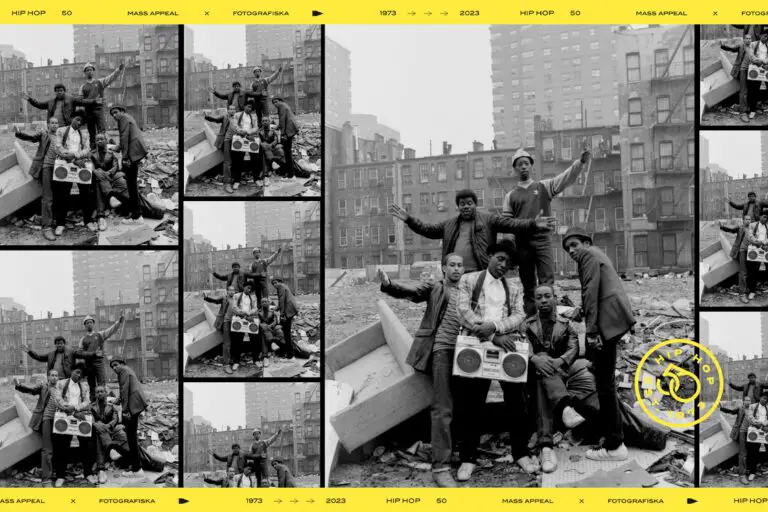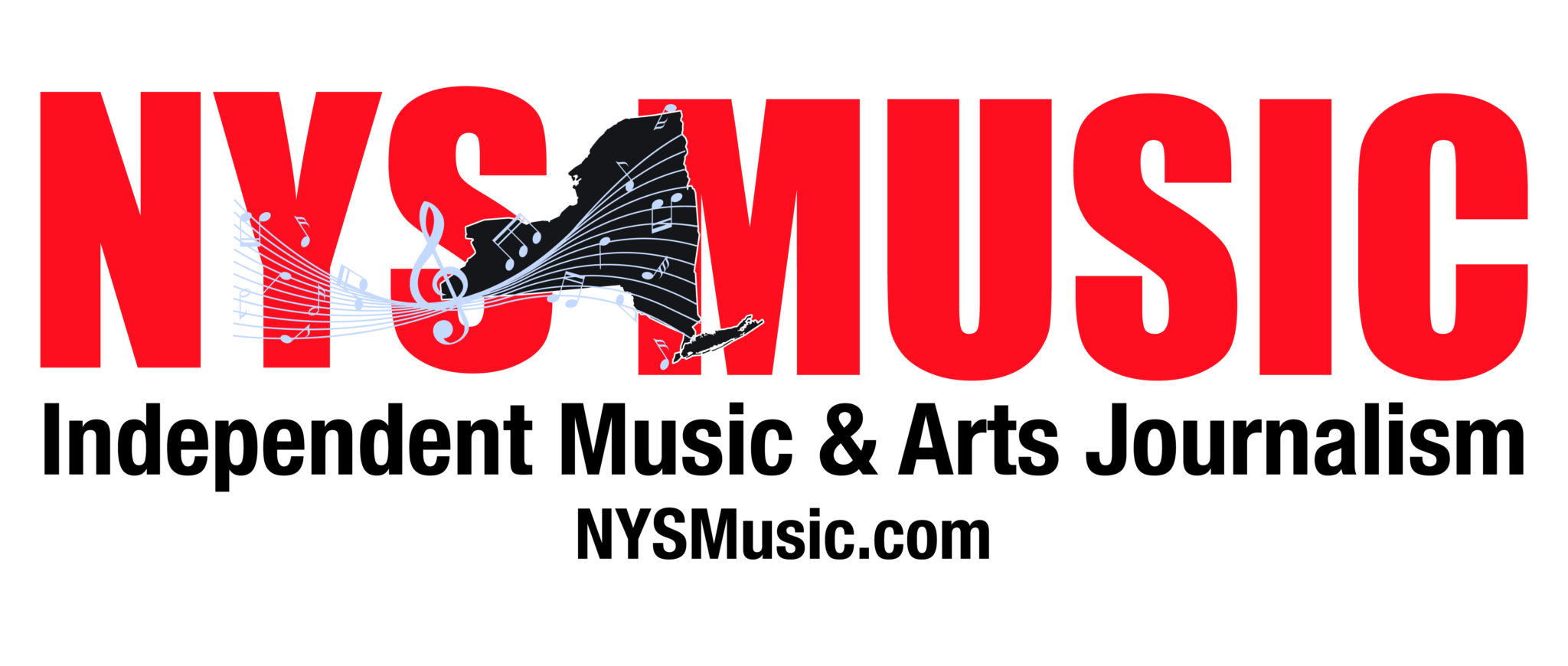History is said to repeat itself. In fact, we study textbooks and learn from our past as a means of avoiding it. In the case of hip hop, a genre that began as a social movement by-and-for the local community of African, Latino, and Caribbean Americans, we’ve had the luxury of having monumental moments captured for us by some of histories greatest orators. 50 years after its inception, the best rap songs are time capsules into their respective eras. Keeping in theme, Swedish photography museum Fotografiska have decided to chronicle hip hop’s emergence for its 50th anniversary. From its creation in the Bronx in 1973 and culminating in the worldwide phenomenon it has become 50 years later.

What is Hip Hop: Conscious, Unconscious?
Created in partnership with Mass Appeal, Hip Hop: Conscious, Unconscious delves deep into the genres origins, identifying the individual creatives involved in the movement. It is a fitting name considering the intended and inadvertent effect of what is now the world’s most popular genre. Located in Manhattan’s Gramercy Park neighborhood, the show’s layout is by chronology and geography. Additionally, the exhibition brings audiences through five decades of history, culminating in recent imagery of today’s biggest names.
Beginning with formative figures such as DJ Kool Herc, Afrika Bambaataa and Grandmaster Flash, the display captures the era’s larger cultural climate, painting a picture of wthe influential factors that helped inspire the genre’s proprietors. Correspondingly, the show’s imagery features breakdancers, graffiti artist, b-boys and even gang culture which Sacha Jenkins — the exhibition’s co-curator –explains “was the precursor to hip-hop in terms of creating an identity for yourself,” especially regarding the culture’s core philosophies around self-identification.
Hip Hop: Conscious, Unconscious runs from January 26 until May 21, with focus areas that include the early years, the regional and stylistic diversification; and the turning point when hip hop became a billion-dollar industry. In like manner, the set of women who trailblazed hip hop’s male-dominated environment are also extensively documented.

We made a thoughtful effort to have the presence of women accurately represented, not overtly singling them out in any way,
– Sally Berman, co-curator of Hip Hop: Conscious, Unconscious
You’ll turn a corner and there will be a stunning portrait of Eve or a rare and intimate shot of Lil’ Kim that most visitors won’t have seen before. There are far fewer women than men in hip-hop, but the ones that made their mark have an electrifying presence—just like the effect of their portraits interspersed throughout the show.
-Sally Berman
Why should you go see this exhibit?
Hip Hop’s comeuppance is no small feat. What began as humble break parties in the Bronx has emerged to inspire millions around the globe. It’s representation of youthful urban culture is now the cultural norm. However, for those who trail-blazed the movement, hip hop meant freedom and the ability to express unfiltered thoughts and emotions. Sadly, time has faded the memory of the movement’s many vanguards. Several key figures played roles in amplifying this energy shifting movement and now many of these forgotten pioneers will get their proper due.
In addition to the genre’s periphery figures, world-famous photos like Geoffroy de Boismenu’s 1994 portrait of Christopher “Biggie” Wallace staring at the camera with an off-center blunt in his mouth, Run DMC’s feet under the table at The Fresh Fest press conference, a 20-year-old Mary J. Blige in New York, Lauryn Hill and Wyclef Jean on an East Harlem rooftop while shooting the music video for
“Vocab” and many more iconic photos will feature heavily throughout the show.
It’s easy to forget that there was a time before hip-hop was an industry and before it made money. It wasn’t conscious of itself. It was just existing with young people living their lives, dressing as they did, trying to entertain themselves with limited resources and creating an aesthetic that registered amongst themselves. It wasn’t for the world; it was for a very specific community. Then there was an exponentially paced transition where hip-hop culture became a conscious of itself as an incredibly lucrative global export. The exhibition’s lifeblood is the period before hip-hop knew what it was.
– Sacha Jenkins, exhibition co-curator and Chief Creative Officer of Mass Appeal
Information about Fotografiska New York and Hip Hop: Conscious, Unconscious can be found here.


Comments are closed.